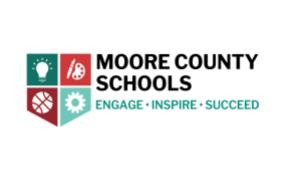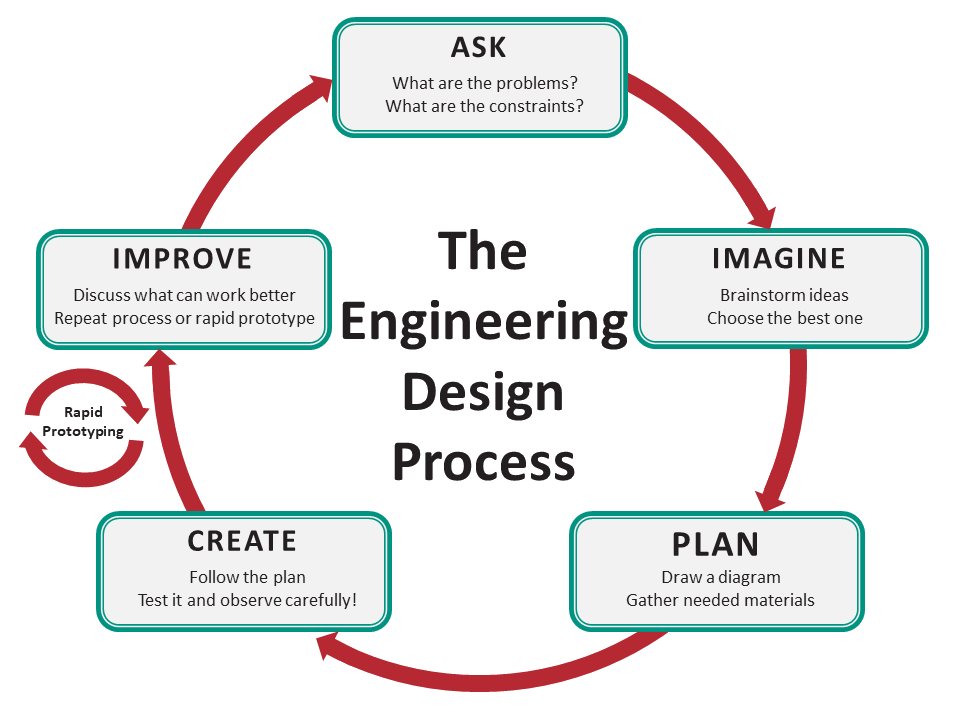- Author:
- Carrie Robledo
- Subject:
- Mathematics
- Material Type:
- Activity/Lab
- Level:
- Middle School
- Tags:
- License:
- Creative Commons Attribution Non-Commercial
- Language:
- English
Education Standards
Pre and Post Test 6.G.4_AnswerKey
Project 1 Surface Area of Prisms Exit Ticket
6th Grade - Surface Area of Prisms

Overview
Students have been hired by a postal service to create boxes based on given dimensions and find the total surface area. |
Instructor Directions
Surface Area of Prisms
| Driving Question / Scenario | How do you accurately compute total surface area with given dimensions? |
| Project Summary | Students have been hired by a postal service to create boxes based on given dimensions and find the total surface area. |
| Estimated Time | 180 minutes |
| Materials / Resources | Linking cubes, pencil, paper, calculators (at teacher’s discretion), merge cubes, tinker cad, tablets, set of directions, graphing paper and rulers.(10-20 mins) Teacher will introduce rectangular prisms using linking cubes and show how to calculate surface area. Teacher will give the dimensions of length (6 cubes), height (1 cube) and width (3 cubes) and have students model and participate in a “we do” to calculate the total surface area.15-20 minutes: Teacher explains the procedures (assignment expectations)/technology including tinker cad.Have Technology Facilitator available in case there are technical issues or questions. |
| Standards | 6.G.4- Represent right prisms and right pyramids using nets made up of rectangles and triangles, and use the nets to find the surface area of these figures. Apply techniques in the context of solving real-world and mathematical problems. |
| Project Outline | |
| Ask | What is the total amount of cardboard needed for each postal box (surface area)?. Your new boxes have the following dimensions: small (3units x 2units x 5 units), medium (3units x 5units x 9units) and large (5units x 6units in x 12units |
| Imagine | You have been hired by the postal service to design three new boxes for shipping. When finding the surface area for each box, break the net into 6 different rectangles. Find the area of each rectangle and then add them together. You will need to calculate the total amount of cardboard needed for each box (surface area) and then create the prism. Finally, you need to inform the factory how many square inches of cardboard they will need if they are going to produce 150 of each box. |
| Plan | Groups will find the surface area for each box, break the net into 6 different rectangles. Find the area of each rectangle and then add them together. Each group member will be assigned a different sized box. However, each group member is responsible for checking team member’s nets (measurements), and making sure math is accurate.10 minutes: In groups of 3, students will use the linking cubed to create a prism using dimensions of their choice- but the height needs to remain 1 cube. Each group will find the surface area of their created prism.15-20 minutes: Teacher explains the procedures (assignment expectations)/technology including tinker cad.30 minutes: Explore with TinkerCad, merge cubes and tablets to get used to how to use these together. 60-90 minutes: Create a gift to give to a family member or friend using 3 dimensional items on a TinkerCad. Students must ship their items using a box they create (also in TinkerCad) in order to fit their gift. The constraints of their box must fit one of these ratios: small (3units x 2units x 5 units), medium (3units x 5units x 9units) and large (5units x 6units in x 12units). Once they put it on TinkerCad, they will use the merge cubes to see their gifts inside their box and are able to fit and show calculations.15-30 minutes: Create a net using graphing paper to represent the box used for shipping, using the correct dimensions. |
| Create | Your new boxes have the following dimensions: small (3units x 2units x 5 units), medium (3units x 5units x 9units) and large (5units x 6units in x 12units). You need to create an outer design for each box. In order to do this, create an accurate net of each box with your design. After designing a net for each box, you need to calculate the total amount of cardboard needed for each box (surface area) and then create the prism. Finally, you need to inform the factory how many square inches of cardboard they will need if they are going to produce 150 of each box. Students create their objs in TinkerCad and send those to CoSpaces. Students will work in groups of 3, and show design on a merge cube. |
| Improve | Have pieces of cardstock available for students to create the box, if they are struggling with the technical part of it. Then they can see if first and “transfer” it to TinkerCad and then Merge Cubes. |
| Closure / Student Reflections | How will students get to reflect/close out lessons?Students will fill out a reflection form with questions about their learning experience. |
| Possible Modifications / Extensions | Ideas for extensionsExtensions: Rectangular Prisms that are taller than 1 unit high. Students animate shapes in CoSpaces/MergeCube to demonstrate the net object being constructed from 6 2d shapes. |
Pre / Post
See PDF
